How to Attach Flexible Duct to Vent
Buying ventilation systems is the solution to preventing humidity and mould from occurring in your home, as well as the removal of smoke, smells and other air pollutants. But buying the ventilation systems is only half of the job, the other half is installation.
Aside from physically placing the ventilation where you want it, it will require ducting, either rigid or flexible to attach to, in order for the extracted air to move.
In this blog, we will provide guidance regarding how to attach a flexible duct to a vent.
With new buildings being made to be as energy efficient as possible, and the UK aiming for 95% of its electricity usage to be low carbon by 2030, it is imperative to understand how we can make the most of our ventilation. This is where MVHR units come in.
To prevent mould, fresh air should constantly be introduced into your dwelling daily, as it helps to regulate temperature and reduce condensation. Introducing fresh air can be as simple as having a ventilation routine, or installing extractors or MVHR units. Almost all of this is facilitated by ducting.
I-Sells is here to provide the answers you need whilst also supplying you with all the information you need to combat mould and have a well-ventilated home.
Is it better to use a flexible duct or a rigid duct?
When it comes to these two kinds of ducting, the factor that actually decides which is better is the environment it will be placed in. For spacious environments, rigid ducting is more than enough. However, depending on the material it is made from, it can end up being relatively expensive.
On the other hand, flexible ducts are ideal for environments with little space. Their flexibility allows for them to fit into spaces a rigid duct wouldn’t. Although flexible ducts are cheaper and more convenient, they are more prone to breakage. Additionally, too much flexion of a flexible duct can reduce the efficiency of the airflow it is supporting.
How to attach flexible duct to vent

Attaching a flexible duct to a vent is a relatively simple process, as long as you have the items required. We do not recommend undertaking this process if you have severe dust allergies or any physical issues that prevent free movement.
In a wide majority of circumstances, we strongly recommend seeking the services of a professional in order to install your ventilation and its ducting. If this is not possible, we hope that the guidance we provide will be helpful.
Please note that this is a general guide, and may not reflect the individual circumstances of your home, ventilation system, and ducting purchased.
To attach a flexible duct to a vent, you will need…
- A Flexible duct. (Ensure that its circumference is not smaller than the vent it will be attached to).
- Hose clips. Ensure that you have enough to cover both ends of the ducting.
- A screwdriver, although this can be optional depending on if your hose clip requires tightening.
- A box cutter or other appropriate cutting object.
Once you have these items ready, you can begin.
- Measure the vent opening against the flexible duct, it should not be smaller than the vent, but it should not be so big that the vent can fit through it either. It should just be large enough to cover the required space, with a little room to manoeuvre.
- Cut the flexible duct to the appropriate length that you require.
- With your hose clip in hand, loosen it so it can go around the end of your flexible duct that will be attached to the vent.
- Move the ducting on towards the vent opening carefully, ensure that the hose clip hasn’t moved from the end of the duct during this process. Make sure that the end of the duct is covering the vent opening.
- Once in position, tighten the hose clip, make sure it is both on the end of the flexible duct, and around the vent opening. If done correctly, the duct should be secured. Depending on the hose clip you get, it may require additional tightening via a screwdriver.
- Repeat this step for the opposite side of the duct, attaching it to the outlet in question.
Additional tips
- You can use aluminium tape to create a more secure connection around the ducting. Aluminium tape is extremely effective for ducting that has to ventilate hot air. Avoid using sellotape or duct tape, as their adhesive quality diminishes.
- With flexible ducting, it can be really easy to bend the ducting to make it fit in the space you need, try to limit this as much as possible. The more twists and turns that are in ducting, the more restriction there will be on the airflow.
- Try to keep the ducting straight and taut between the duct and the vent, try to prevent any instances in which the ducting will sag.
- Insulating the ducting will help to keep a consistent temperature through it, helping to prevent condensation, whilst also providing a nominal level of protection against cuts.
Does a flexible duct have to be secure?
Yes, absolutely. Air can escape through any little hole or crevice. When it comes to ducting, we want to make sure that the air that runs through it makes its way to the end and does not expel in any other area.
If this doesn’t happen, you can expect smells, smoke, and humidity to linger in areas they aren’t supposed to. This is particularly worrying when it comes to humidity, as it can easily accumulate and become condensation, which then can become mould.
If mould develops in and around your ducting, it could spell serious consequence for your health, and your home if it isn’t removed immediately.
Where to buy flexible ducting online

I-Sells is a provider of ventilation solutions and everything that comes with it, including ducting. We supply flexible ducting and much more.
Whether it is flexible aluminium or PVC ducting you’re searching for, we have it. Some of our options can also vary in diameter in accordance with your needs. This includes 100 mm and 102 mm in diameter. This also applies to the lengths we have available.
Do I have to install ducting myself?
Not at all. Although, HVAC technicians offer services which can include installation of a HVAC system and its ducting for most if not all kinds of properties. Please note that the complexity of the job at hand could alter the price if there are no fixed rates for certain services.
Alternatively, you can install your ducting yourself, as long as it ends up being compliant to part F of building regulations, and does not compromise the safety of any person in the property.
Though this second option can be especially difficult if you have no experience, equipment, or guidance. If you are struggling, please feel free to contact us, and we may be able to point you in the right direction.
Invest in flexible ducting today
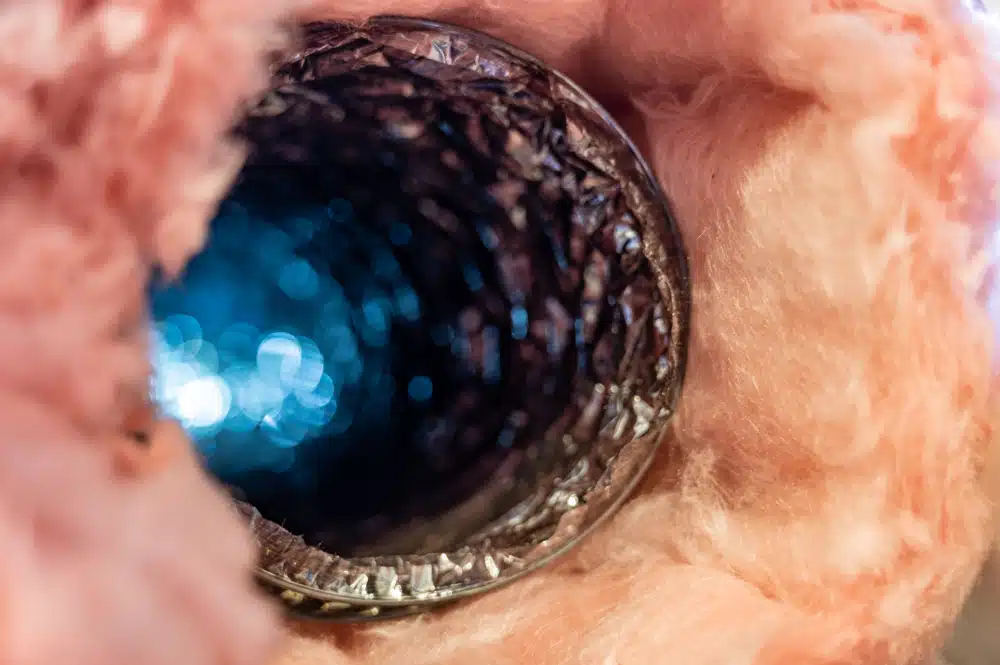
We at I-Sells endeavour to ensure our customers have all the information they require before investing in our mould solutions. Be sure to visit our blog page to learn about the vast array of factors and issues surrounding ventilation, mould, condensation, and much more.
We hope to have answered the question ‘How to attach a flexible duct to a vent?’
We understand you may have more questions, do not hesitate to contact us for more information about whatever you need our help with. If you’d like to send us an email, click here. For other contact options, see below:
Call us on 020 8463 9696
Visit us at our showroom:
*OPENING TIMES*
Monday – Friday: 8:00 am to 5:30 pm
Saturday: 9:00 am to 12:00 pm
Sunday: Closed
15 St John’s Parade
Sidcup, Kent
DA14 6ES
United Kingdom

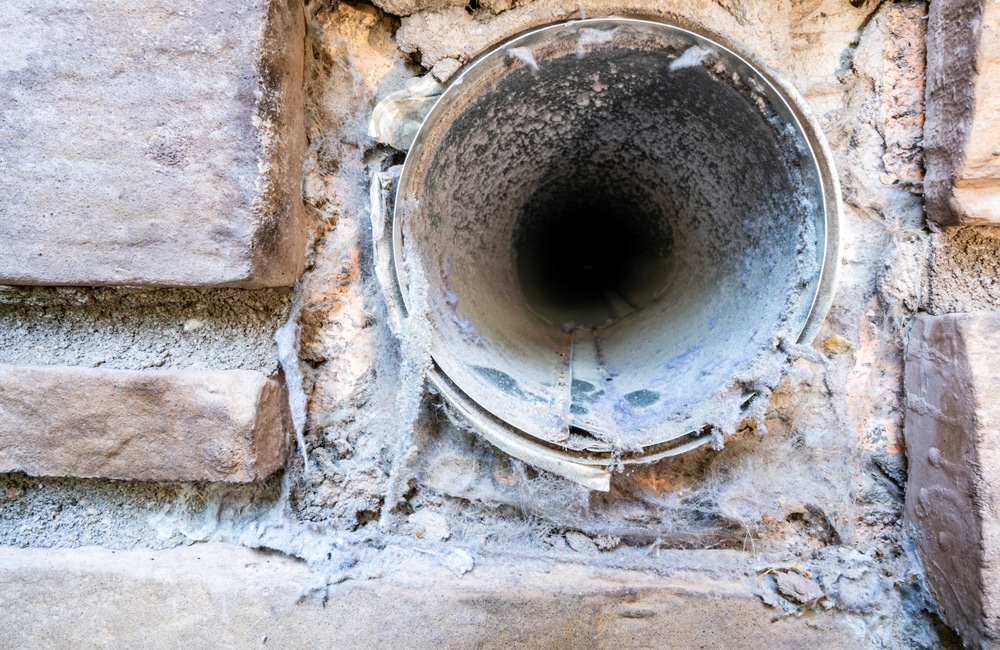

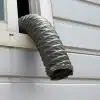
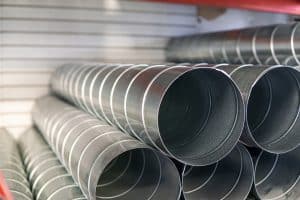
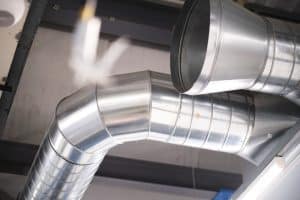




















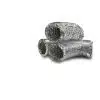

Add comment
You must be logged in to post a comment.